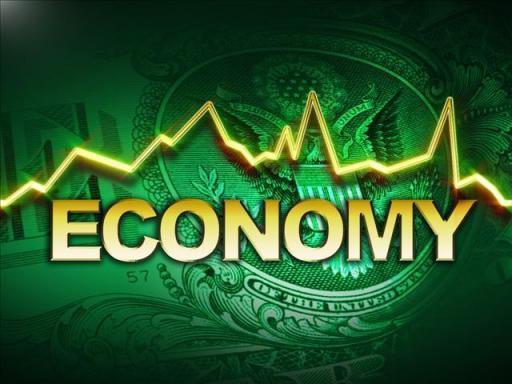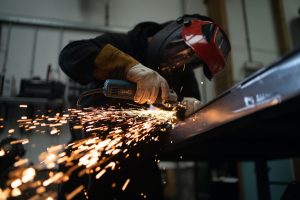Steel market chatter this week
Earlier this week, SMU polled steel buyers on an array of topics, ranging from market prices, demand, and inventories to tariffs, imports, and evolving market events.
Earlier this week, SMU polled steel buyers on an array of topics, ranging from market prices, demand, and inventories to tariffs, imports, and evolving market events.
SMU polled steel buyers on an array of topics this week, ranging from market prices, demand, and inventories to imports and evolving market events. We are sharing some of the comments we collected.

SMU’s Buyers’ Sentiment Indices experienced multi-point declines this week, though both remain positive and continue to reflect optimism among steel buyers for their companies' ability to be successful.
US manufacturing activity slowed in March after two straight months of expansion, according to supply executives contributing to the Institute for Supply Management (ISM)’s latest report.
This week, SMU polled steel buyers on an array of topics, including market prices, demand, tariff policies, inventories, imports, and emerging market events.

People remain concerned about inflation, trade policies, and tariffs.

The European Commission unveiled A European Steel and Metals Action Plan aimed at safeguarding the European Union’s steel and base metals production.
What are steel buyers saying this week about prices, demand, the import market, the evolving tariff situation, and more?

The Manufacturing PMI registered 50.3% in February. That’s 0.6 percentage points lower compared to the 50.9% recorded in January.

The Chicago Business Barometer rose to an eight-month high in February. Despite the recovery, the measure continues to indicate deteriorating business conditions, as it has for over a year.
Following more than two years of contraction, US manufacturing activity rebounded in January according to the Institute for Supply Management.
Earlier this week, SMU polled steel buyers on an array of topics, ranging from market prices, demand, and inventories to imports and evolving market events.

SMU’s Steel Buyers’ Sentiment Indices saw a slight decline this week, slipping to levels last observed in early November
Recent Federal Reserve data indicates that the US manufacturing sector remains healthy and stable. The strength of the manufacturing economy has a direct relationship to the health of the steel industry.
Economic activity across the US experienced slight to moderate growth at the end of 2024, while manufacturing activity showed a slight decline
On Monday and Tuesday of this week, SMU polled steel buyers on an array of topics, ranging from market prices, demand, and inventories to imports and evolving market events.
“U.S. manufacturing activity contracted again in December, but at a slower rate compared to November,” according to Timothy Fiore, chair of the ISM Manufacturing Business Survey Committee.
President Joe Biden has blocked Nippon Steel's proposed buy of Pittsburgh-based U.S. Steel, citing national security reasons.

The December reading of 36.9 declined 3.3 points from the previous month to the lowest reading since May 2024.
Following a substantial recovery in November, business activity in New York state’s manufacturing sector held steady in December, according to the latest Empire State Manufacturing Survey from the Federal Reserve Bank of New York.
On Monday and Tuesday of this week, SMU polled steel buyers on an array of topics, ranging from market prices, demand, and inventories to imports and evolving market events.
US manufacturing activity contracted again in November for the eighth consecutive month.
Earlier this week, SMU polled steel buyers on an array of topics, ranging from market prices, demand, and inventories to imports and evolving market events. Rather than summarizing the comments we collected, we are sharing some of them in each buyer’s own words.

SMU’s Steel Buyers’ Sentiment Indices continue to show that steel buyers are optimistic about the success of their businesses, though that confidence has eased compared to earlier in the year.

The Chicago Business Barometer fell to a five-month low in October and continues to indicate deteriorating business conditions, according to Market News International (MNI) and the Institute for Supply Management (ISM).

In this Insight piece, CRU economists explore the possible economic effects of Trump's and Harris' agendas.

Heavy equipment manufacturer John Deere blamed soft demand and a reduction in orders for a spate of layoffs in Iowa this year, according to a local report.
Prices, demand, inventories, evolving market events... What are buyers and sellers of steel talking about this week?
US manufacturing activity contracted for the sixth consecutive month in September, according to the latest report from the Institute for Supply Management (ISM). The index has indicated a contracting industrial sector for 22 of the past 23 months.

The Chicago Business Barometer increased marginally in September but continues to indicate deteriorating business conditions.